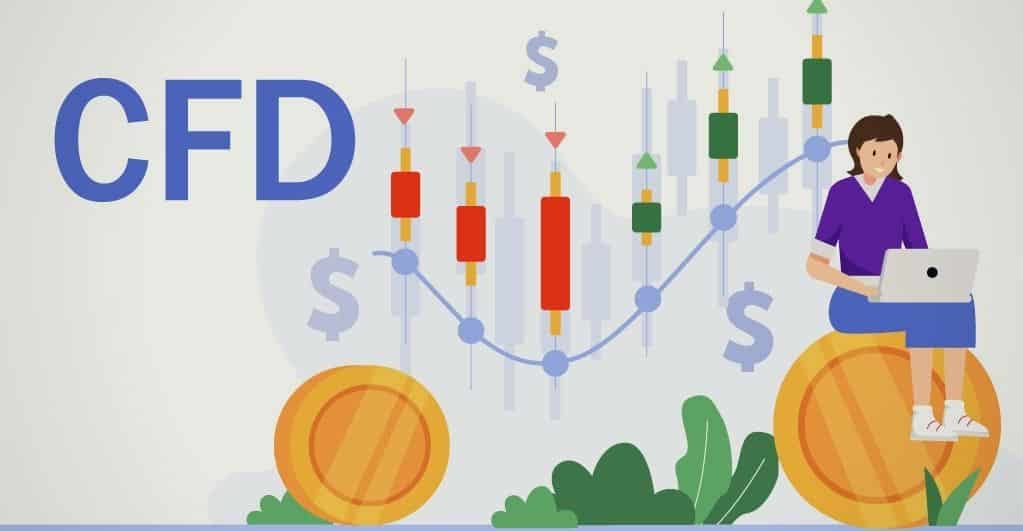Exploring the World of CFDs: Basics and Beyond

Contracts for Difference (CFDs) have emerged as a popular financial instrument for traders seeking exposure to various markets without owning the underlying asset. In simple terms, a CFD is a contract between a buyer and a seller, where the buyer agrees to pay the seller the difference in the value of an asset between the time the contract is opened and when it is closed.
One of the key advantages of trading CFD how it works is the flexibility they offer in terms of leverage. Leverage allows traders to amplify their exposure to the market with a relatively small amount of capital. Unlike traditional trading methods, CFDs provide flexible leverage options, enabling traders to tailor their positions according to their risk appetite and market conditions.
CFDs cover a wide range of asset classes, including stocks, commodities, currencies, and indices. This diversity allows traders to access global markets and capitalize on opportunities across different sectors and regions. Moreover, CFD trading is typically commission-free, with costs primarily incurred through spreads, making it a cost-effective option for traders.
However, it’s essential to understand that CFD trading involves risks. Since traders speculate on price movements without owning the underlying asset, they are exposed to market volatility. Furthermore, leverage can magnify both profits and losses, making risk management crucial for CFD traders.
Despite the risks, CFDs offer several benefits, including the ability to profit from both rising and falling markets, access to a wide range of markets, and flexibility in leverage. By understanding how CFDs work and implementing sound risk management strategies, traders can potentially capitalize on market opportunities while managing their exposure effectively.
